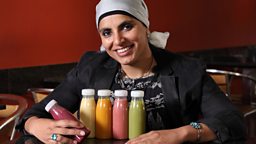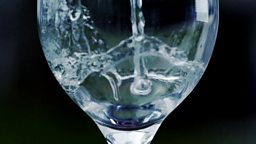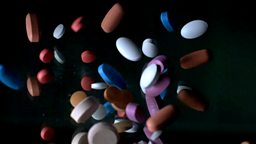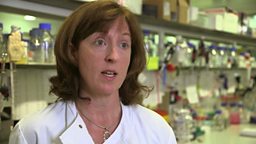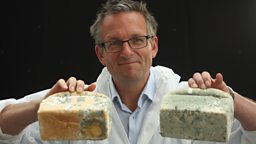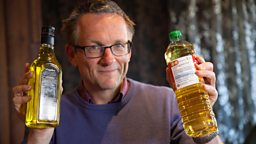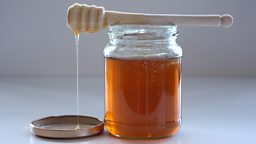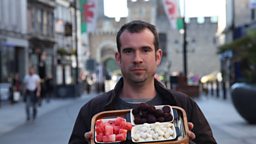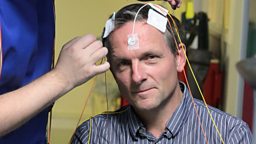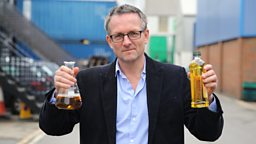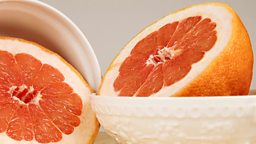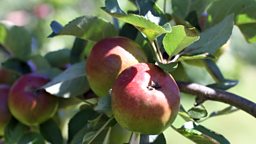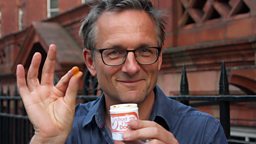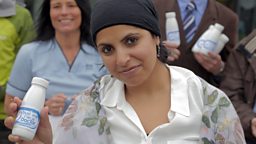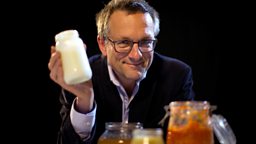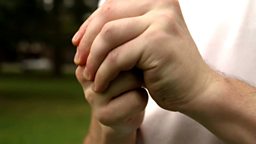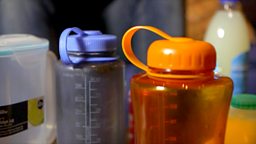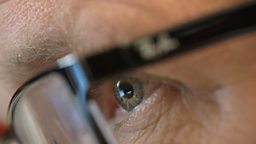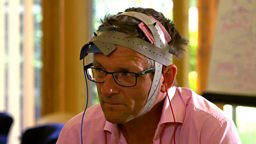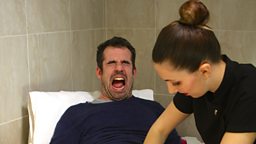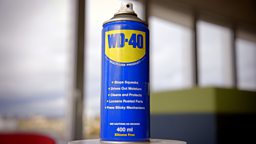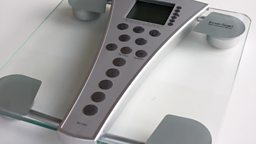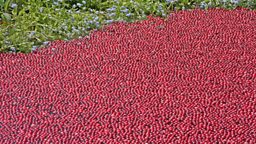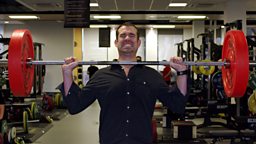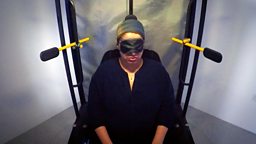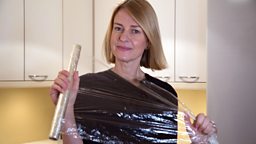Are the methods used to decaffeinate coffee bad for me?
Many of us drink coffee on a daily basis, but not everyone wants the caffeine boost that goes with it. These days decaf options are everywhere, even in posh coffees and with rare bean varieties, but many people are concerned that the methods used to remove the caffeine could be bad for our health.

Coffee naturally contains caffeine (as do tea, chocolate and lots of other plants) so to make decaf you’ve got to take the caffeine out of the coffee bean. The difficulty is removing the caffeine without removing all the flavour, which is why decaf has historically developed a bad reputation for the quality of its taste.
There are three main ways to decaffeinate coffee and they all start with the green, or unroasted, coffee bean. The first step is to get the caffeine out and this is usually done by soaking the beans in water which allows the caffeine, along with lots of the flavour, to dissolve out.
At this point chemical solvents - methylene chloride or ethyl acetate - can be used to remove the caffeine from the water. This can be done either by adding the solvent to the coffee/water mix (the so-called direct method) or by removing the water from the beans, and then adding the solvent to it (the indirect method).
In either case, the solvent with its dissolved caffeine is then removed from the water. At this point the flavours remaining in the water need to be returned to the beans, and that’s done by evaporating the water away to leave the flavours behind.
Some people worry that because the chemical solvents are toxic, these methods must be bad for you. But the level of solvent remaining after the process is over is vanishingly small, and below the level deemed safe by European regulations.
Another method uses a charcoal filter to remove the caffeine from the water. This is sometimes called the “Swiss Water Process.” A third method uses ‘supercritical’ carbon dioxide – CO2 at extremely high pressures – to dissolve the caffeine.
Some people prefer the idea of the charcoal filter or CO2 methods as they avoid the chemical solvents, but there’s no evidence that one method is safer than another. Some producers choose to label their decaf coffee with the method used to make it, but there’s no legal requirement for them to do so.
Our advice is that if you do choose decaf, let your taste buds be your guide and don’t worry too much about how it was made.
Decaf still contains caffeine!
Something else to be aware of when buying decaf is that while decaffeination removes most of the caffeine, it’s not 100% effective. A Florida study looking at 10 different decaf coffees found caffeine in nine of them — in fact they discovered that a double shot latte from one establishment in the USA could contain as much caffeine as a can of coke.
That doesn’t mean that all decaf has this much caffeine, but if you need to avoid caffeine completely, you might want to consider steering clear of decaf coffees as well.
Other health impacts
There can also be other health impacts from drinking both decaf and regular coffee. A cup of black coffee is virtually free of calories. Add milk and a couple of sugars, and it goes up towards 50. Some of the larger speciality coffees available on the market, however, pack a much bigger calorie punch.
A giant mocha latte, for example, could contain over 500 calories. For most of us that’s a quarter of our recommended daily calorie intake! So whether you opt for decaf or regular, ensure that you’re drinking your coffee in a sensible way.
-
![]()
The age-old debate about the health effects of coffee settled once and for all.
-
![]()
The surprising truth about what the world's most popular drug does to our brains.


